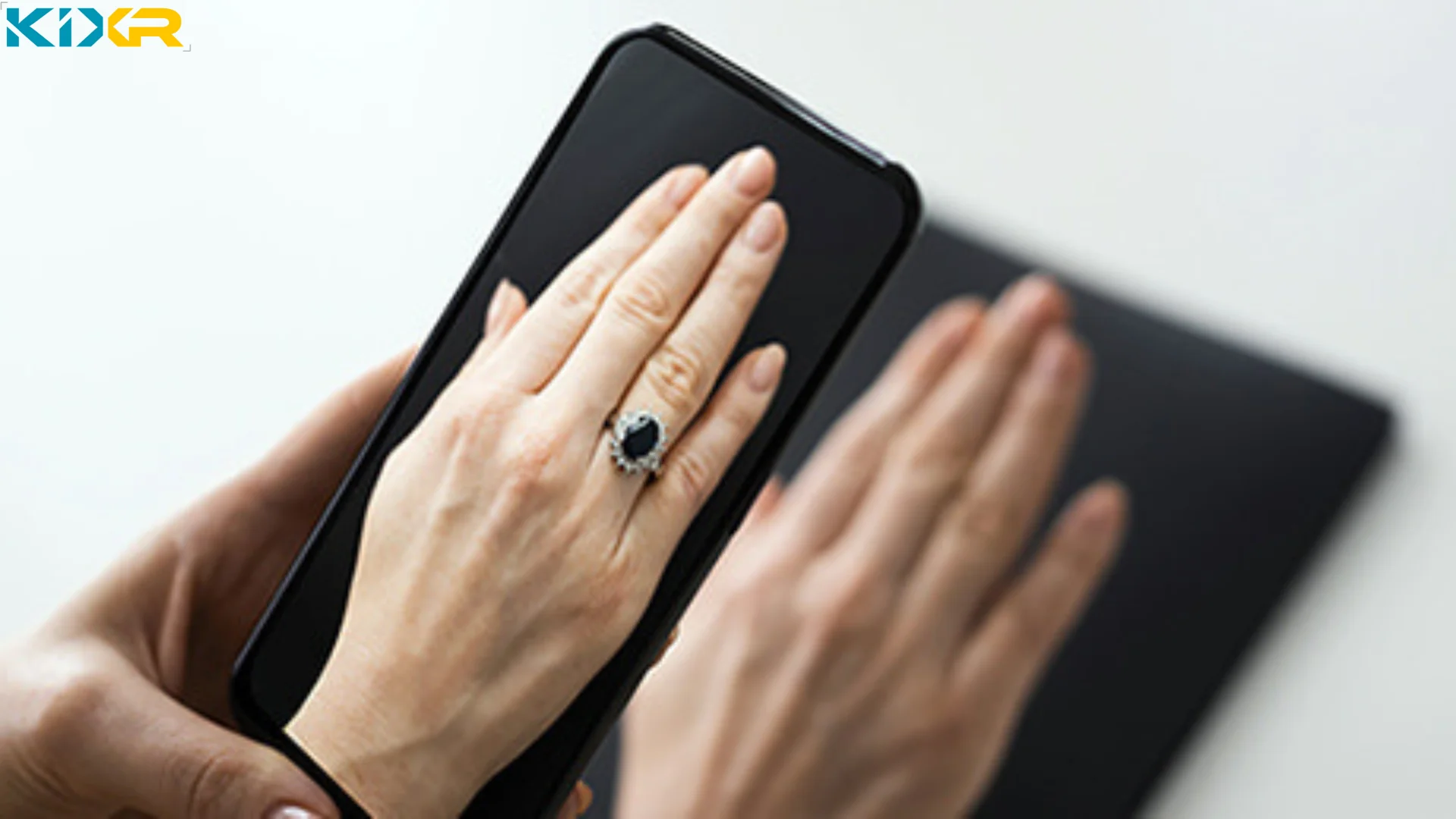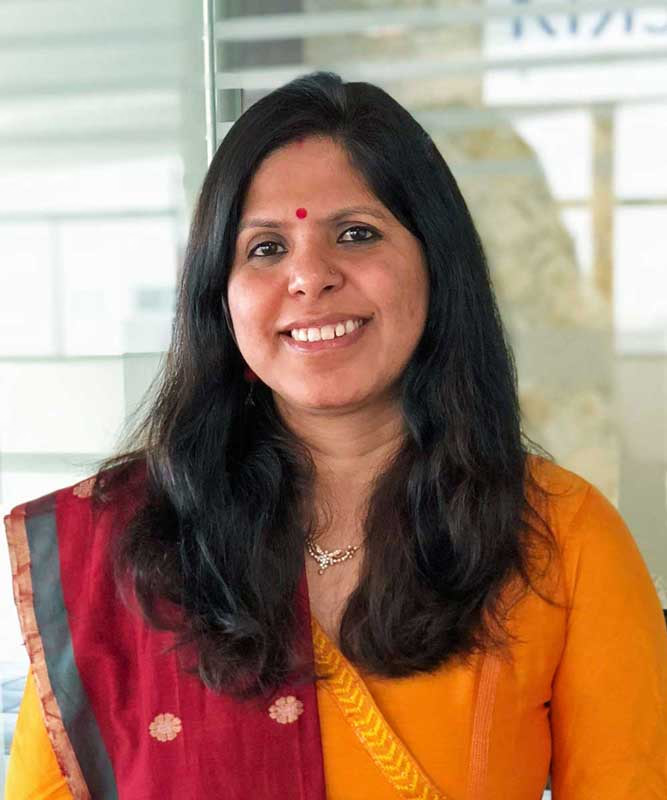The luxury world is caught up in a fierce battle in 2023.
This is quite similar to a high-stakes fashion face-off on the runway.
It seems that even the luxury space is experiencing a growth hiccup this year.
The luxury industry has recorded a relatively lower growth (C.A.G.R.) this year in demand
compared to general categories.
In the midst of this cutthroat environment,
luxury lifestyle brands are finding themselves desperately vying for the attention of their
audience.
It's like a luxury version of "The Hunger Games". Just that brands aren’t battling with
arrows and spears.
Instead, they're armed with exquisite products and unparalleled experiences. Let the games
begin!
Thus, in today’s competitive environments it is important for luxury lifestyle brands
to
acquire and retain the attention of their audience. To stand out in the competitive
landscape,
these brands need to adapt to the evolving expectations of their target audience.
Embracing 3d immersive experiences isn’t just another tech option to explore anymore.
In fact, it has become a basic necessity for luxury brands. Today, brands that aren't
adopting these technology
stacks are losing the consumer experience battle -
Check stats here .
Smart brands know that immersive experiences go beyond traditional marketing
approaches.
These experiences offer unique and memorable encounters that engage all the senses.
Read how immersive experiences like VTO are helping luxury
brands boost their sales in 2023.
In this blog, we will explore the role of immersive experiences in luxury lifestyle brands. We will also review industry statistics and references that further signal a rampant growth in immersive experiences in the luxury space.
1. The Rise of Immersive Experiences

3D Immersive experiences have revolutionized the luxury industry. These tech stacks help brands connect with their customers on a deeper, more emotional level. Immersive experiences merge cutting-edge technology, compelling storytelling, and interactive elements. Thus, these experiences create a profound sense of wonder and engagement. This surpasses traditional forms.
One of the primary catalysts behind the exponential growth of 3D immersive experiences is
the insatiable desire for unique and unforgettable moments.
Individuals seek experiences that transcend passive observation, yearning for active
participation and personalization.
Read more on how brands are leveraging neuromarketing to engage with their audience.
Through 3D immersive experiences, luxury lifestyle brands are creating a world where their customers can fully engage and interact with the brand's values, products, and heritage. This fosters a sense of exclusivity, authenticity, and loyalty among the discerning clientele. You can check a neutral Watch AR link here.
Let’s quickly look at the 2 outcomes.
A. Brand Engagement - Immersive experiences enable luxury lifestyle brands to craft narratives that resonate with their target audience. This fosters a sense of deeper connection and emotional attachment. According to a study by McKinsey, 65% of luxury consumers believe that immersion enhances brand engagement and increases their likelihood of making a purchase.
B. Memorable Customer Experiences - By immersing customers in captivating environments, today, luxury brands create unforgettable moments. These experiences are more likely to be shared on social media. This further generates buzz and amplifies brand awareness. A survey conducted by Deloitte found that 53% of luxury consumers are willing to share their experiences on social media platforms. Thus, immersive experiences turn consumers into brand ambassadors.
2. A Success Story worth a mention

Louis Vuitton's "Time Capsule" Exhibition - Louis Vuitton, the renowned luxury brand, launched the "Time Capsule" exhibition. The expo took visitors on a journey through the brand's history and craftsmanship. The exhibition featured immersive elements such as augmented reality, tactile displays, and interactive installations. The event garnered significant media coverage and engaged both loyal customers and new audiences. This reinforced the brand's legacy and craftsmanship. Welling sticking to only one success story for this blog considering the limit.
3. Observations by Industry Leaders

A. A report by Luxury Society reveals that 84% of luxury consumers prefer immersive experiences over traditional advertising methods.
B. According to Forbes, 80% of luxury consumers are willing to pay more for a product or service that offers an immersive experience.
C. A study conducted by Boston Consulting Group found that luxury brands embracing immersive experiences witness an average revenue growth of 10% annually.
D. The Luxury Institute highlights that 94% of luxury consumers are more likely to recommend a brand after experiencing a captivating and immersive encounter.
E. The New York Times reports that luxury brands incorporating virtual reality (VR) experiences into their marketing campaigns experience a 30% increase in customer engagement.
4. The Future of immersive experiences

The future of immersive experiences in the lifestyle industry brims with immense potential. Here are a few opportunities that make it more exciting.
A. Personalization - With AI and data analytics, immersive experiences have become increasingly personalized. Today, users have the ability to tailor their experiences based on their preferences. This is helping brands create true unique and customized adventure experiences.
B. Social Immersion - Immersive experiences have become very social. This has allowed users to interact with friends, family, or even strangers in virtual or augmented environments. Collaborative gaming, virtual concerts, and shared adventures will become the new norm.
C. Integration with IoT - Immersive experiences will seamlessly integrate with the Internet of Things (IoT). Smart devices will enhance these experiences by syncing with the environment, creating a more immersive and interactive ecosystem.
D. Extended Reality (XR) - The lines between virtual, augmented, and mixed realities are blurring. This has given rise to a new concept known as extended reality (XR). XR will provide a spectrum of immersive experiences that seamlessly blend virtual and physical worlds.
Conclusion
Immersive experiences have become a game-changer for luxury lifestyle brands. Obviously, it provides unique opportunities to engage, captivate, and connect with their discerning clientele.
By immersing customers in multisensory encounters, brands can create lasting impressions, increase brand loyalty, and drive revenue growth. Do not miss out on checking out this amazing virtual try on jewelry experience to relate more.
The success story of Louis Vuitton serves as a shining example of how immersive experiences can enhance brand perception and create memorable moments for customers.
Luxury lifestyle brands cannot afford to ignore the power of immersive experiences. With the rising demand for authenticity and meaningful interactions, embracing immersive technologies and innovative concepts becomes crucial.
Kavita has been adept at execution across start-ups since 2004. At KiKsAR Technologies, focusing on creating real life like shopping experiences for apparel and wearable accessories using AI, AR and 3D modeling


